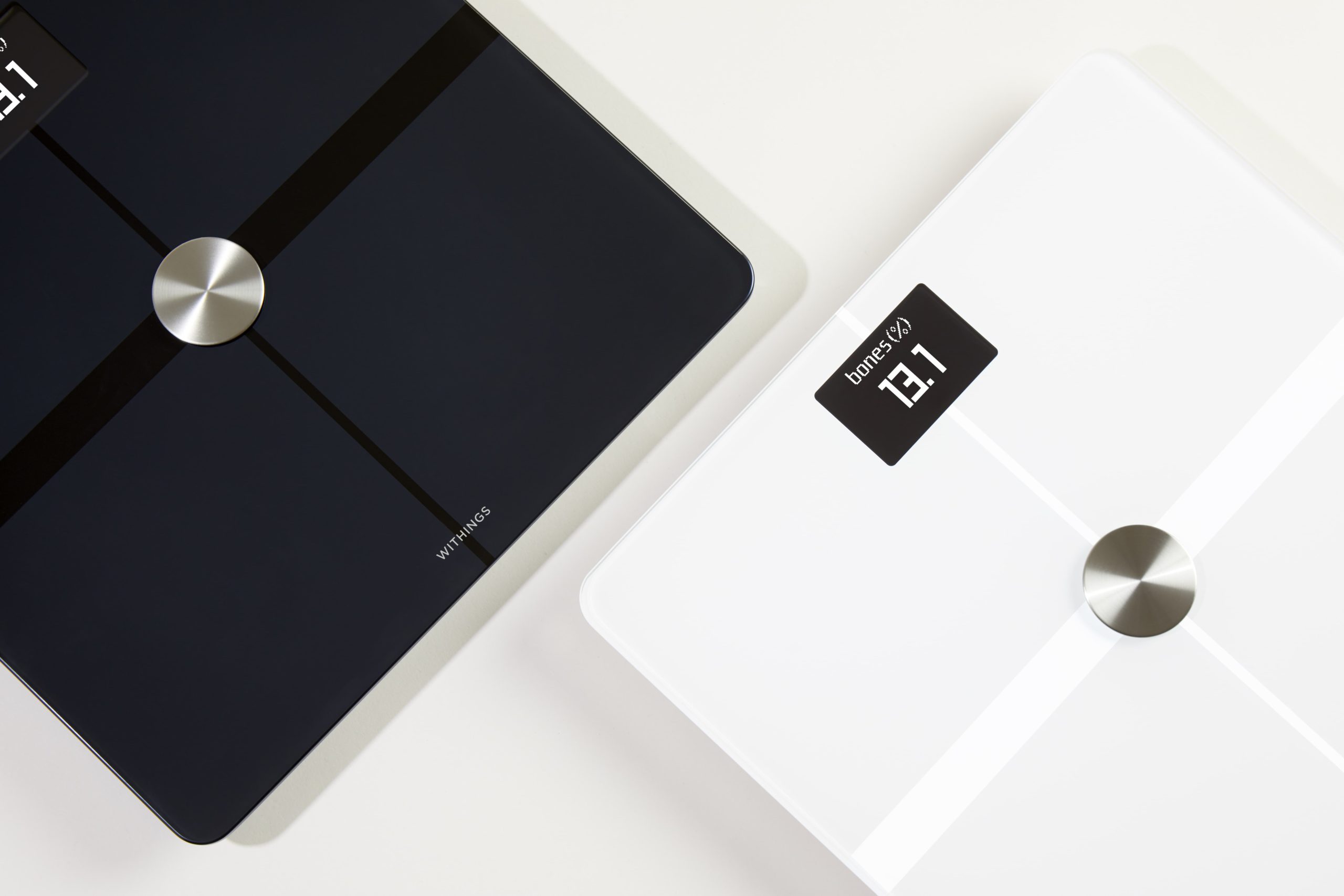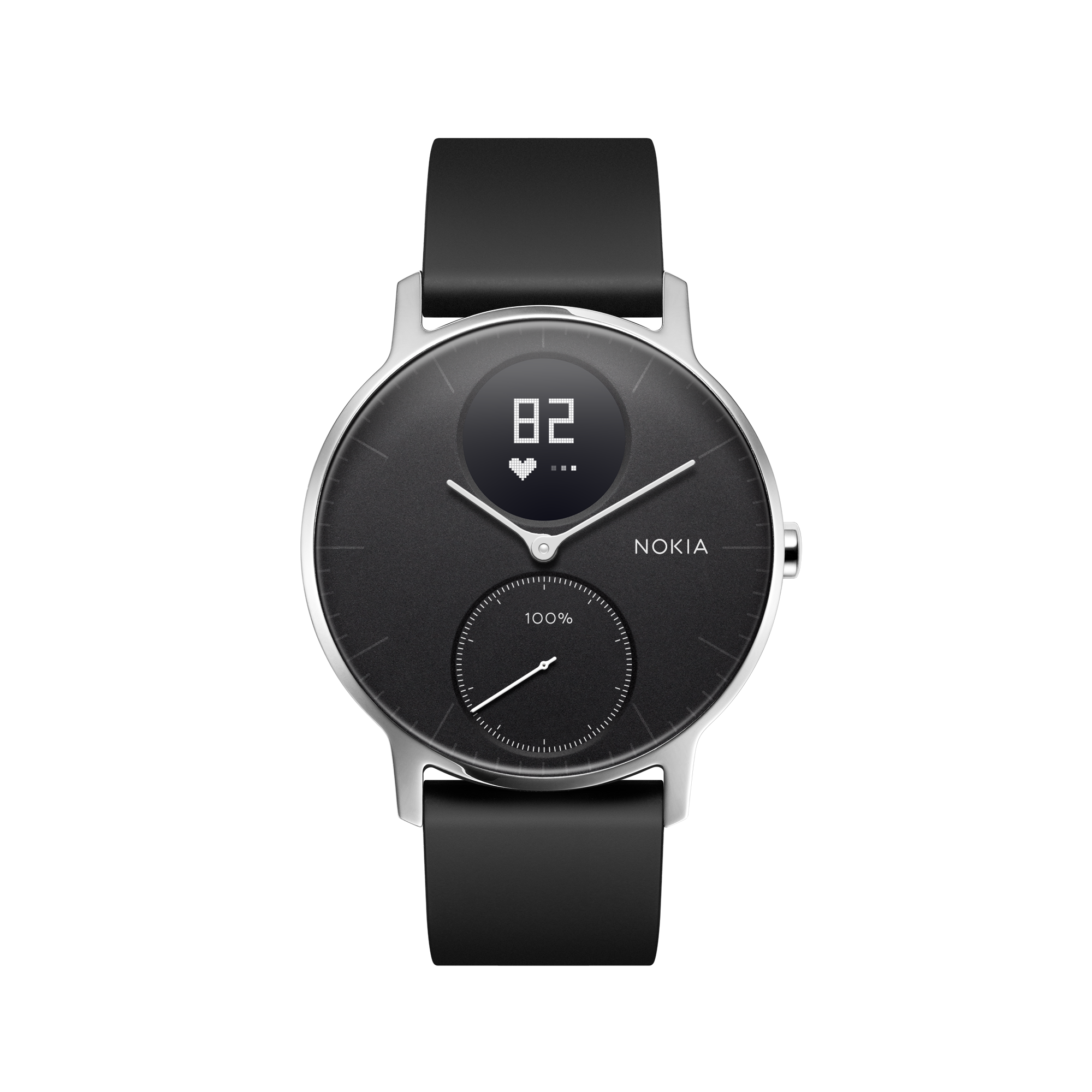
Can your bones help regulate your body’s weight? New research reveals some surprising findings.
At some point, most of us have heard the theory that our bodies make an effort to maintain a specific weight, or “set-point,” at which they function at optimum efficiency. This theory of weight maintenance, according to MIT, states that “there is a control system built into every person dictating how much fat he or she should carry—a kind of thermostat for body fat.” In other words, something in our bodies senses where our weight is and where it should be, then regulates accordingly. Although scientists have long attributed this magic to a hormone called leptin, a recent study has found that our bones may actually play a greater role in weight maintenance than we ever realized.
Researchers led by Dr. John-Olov Jansson at the University of Gothenburg have theorized that a body-weight homeostat regulates fat mass independently of leptin, and that this “gravitostat” exists in our bones. According to the New York Times, the development of this theory “could help to explain why sitting for hours is associated with obesity.” Think of it like a tire-pressure sensor: your car knows when you need to put air in your tires, and it alerts you. In the same way, your bones sense the pressure of your weight, and regulate your appetite depending on how much—or little—weight they feel. If you spend the day sitting down, your bones may underestimate your weight and prompt you to eat more.
The study, published by the Proceedings of the National Academy of Sciences of the United States of America, examined rodents—specifically mice and rats—that were “loaded” with weighted capsules implanted in the abdomen or back to test the feedback systems for fat mass regulation. While some of these capsules were empty, others contained as much as 15 percent of the rodents’ weight. True to expectations, the rodents that had been implanted with larger weights quickly lost an equivalent amount of weight by eating less. After the capsules were removed, the rodents gained the weight back.
While this result showed evidence that the animals’ bodies were able to sense and regulate their own weight, it did not distinguish between leptin and gravitostat, so the process was repeated. The researchers bred mice that produced very small quantities of leptin—and recorded similar results. Given that the rodents experienced similar regulatory symptoms, regardless of leptin levels, researchers concluded that a second weight regulator was being used.
The link between bones and weight—revealed
Knowing that bones can generate additional bone cells to deal with heavier loads, researchers decided to breed mice with lower levels of osteocytes, or cells that modify and remodel the bones. Without osteocytes, researchers found, many of the rodents failed to lose an equivalent amount of weight after the capsules were implanted. In other words, their bodies could no longer recognize the significant weight gain. Therefore, researchers theorized, through the use of the gravitostat sensor, bones may actually play an essential role in weight regulation. If the bones are unable to sense changes in weight, they are unable to help the body maintain homeostasis—at least as far as weight is concerned.
Although the theory has not yet been tested on human subjects, Dr. Jansson and his team of researchers speculate that a similar weight-regulation sensor may exist in humans as well as rodents. So, if you work a desk job and are worried about your body’s ability to sense its own weight, our advice is to get a smart scale and then maybe err on the side of caution and opt for a standing desk. That way, if this new theory is actually true, your bones will be all set!



